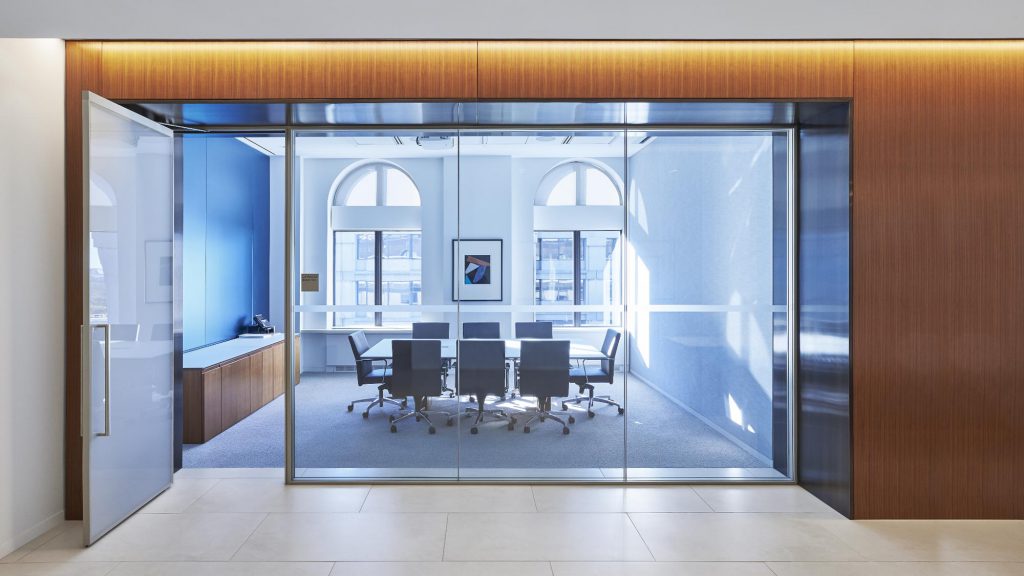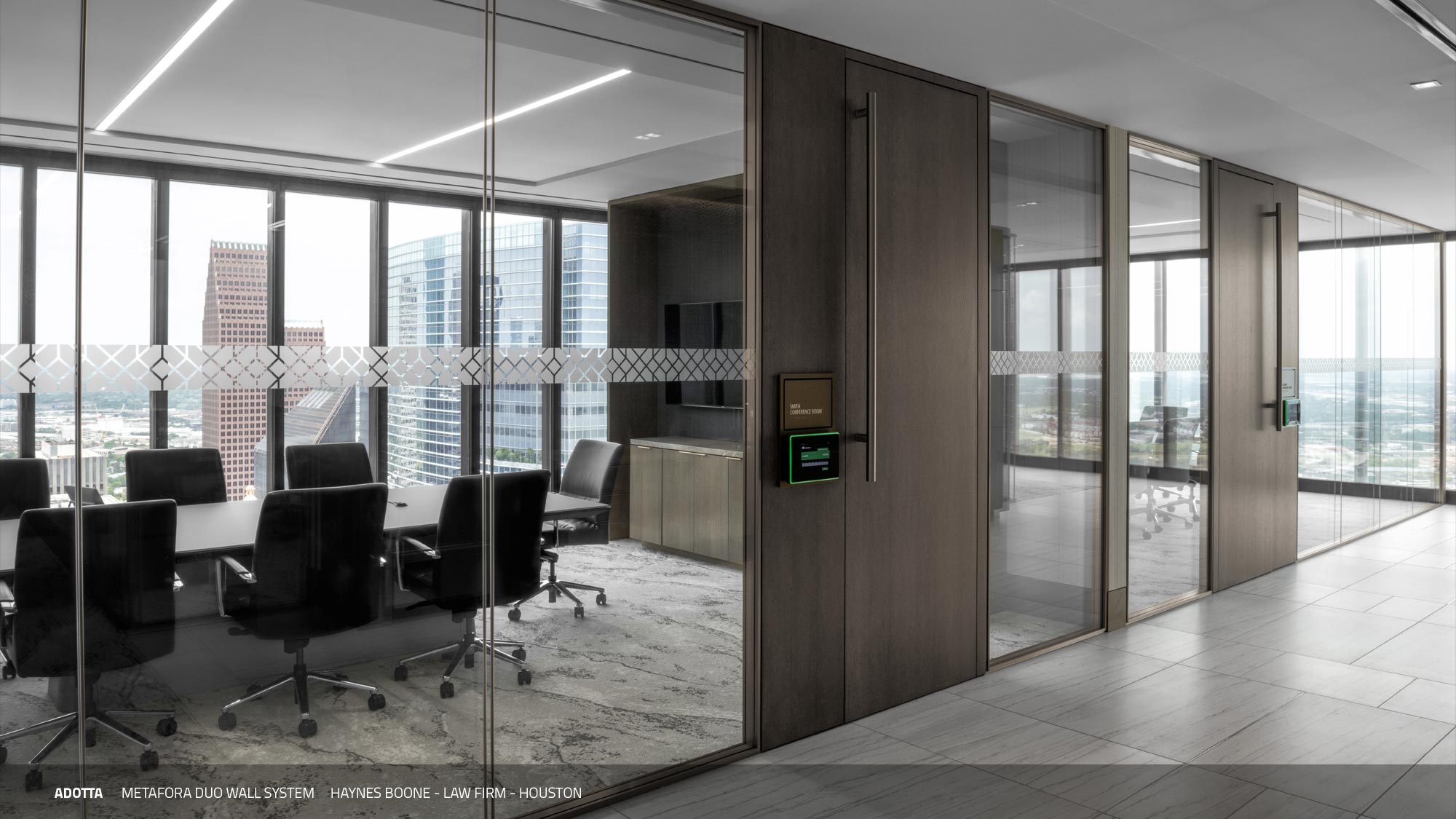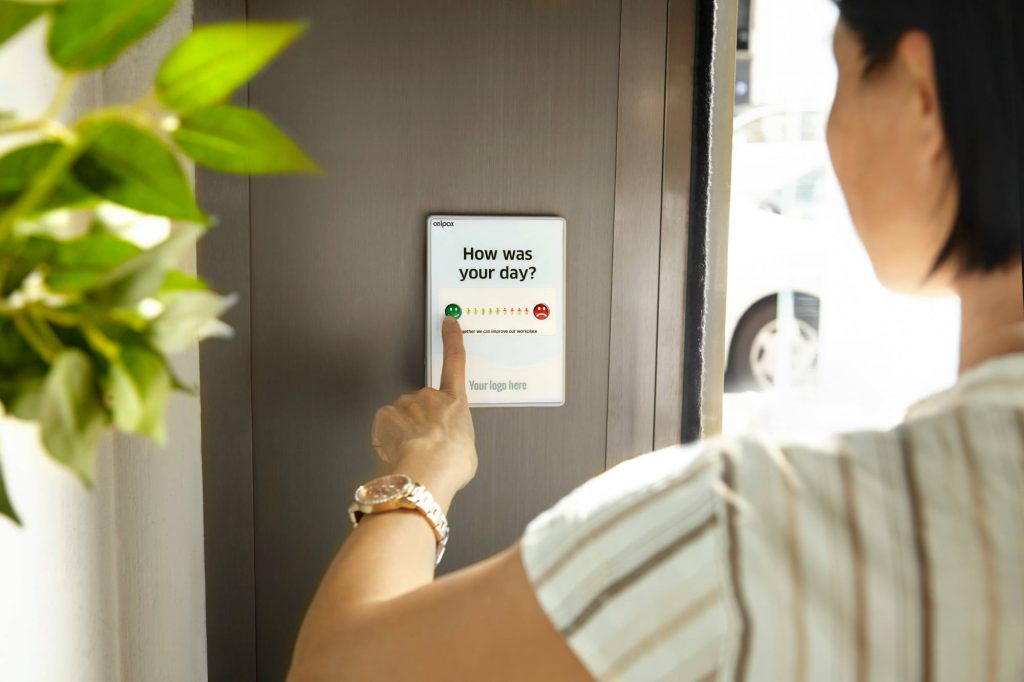Shaping Tomorrow's Workspaces:
Architectural Trends in U.S for 2024
In the dynamic world of architecture, the trends shaping the design of office and commercial spaces are in constant flux. As we step into 2024, architects in the United States are at the forefront of an exciting evolution, responding to the changing needs of the workforce and the desire for innovative, sustainable, and adaptable environments.
Hybrid Work Environments
The rise of remote work over the past few years has fundamentally shifted the way people perceive their workspaces. Architects are now tasked with creating environments that seamlessly blend the physical and virtual realms.
Hybrid workspaces that prioritize flexibility, collaboration zones, and technology integration are becoming increasingly prevalent. These designs accommodate the varying needs of a workforce that values both the benefits of remote work and the collaborative energy of a physical office.


Biophilic Design Integration
With a growing awareness of the positive impact of nature on well-being and productivity, biophilic design continues to gain prominence in office architecture. Incorporating natural elements such as indoor plants, green walls, and sustainable materials not only enhances the aesthetic appeal but also fosters a connection to nature within the built environment.
Architects are exploring ways to bring the outdoors inside, creating environments that promote employee health, creativity, and overall satisfaction.
Sustainable and Green Initiatives
The pursuit of sustainability is not just a trend but a fundamental shift in architectural consciousness. U.S. architects are increasingly incorporating sustainable practices and materials into their designs for offices and commercial spaces.
From energy-efficient systems to the use of recycled and locally sourced materials, the emphasis is on reducing the environmental footprint of buildings. LEED certification and other green building standards are becoming integral considerations in the design process, reflecting a commitment to environmentally responsible architecture.


Flexibility and Modular Design
The demand for adaptable spaces that can evolve with the changing needs of businesses is driving the trend towards flexible and modular design. Architects are creating interiors that can be easily reconfigured to accommodate diverse functions, ensuring that spaces remain relevant over time.
This adaptability not only future-proofs commercial buildings but also reduces the need for extensive renovations, minimizing construction waste and promoting a more sustainable approach to architecture.
Technology Integration
Advancements in technology continue to shape the way we work, and architects are keenly integrating cutting-edge technologies into office designs.
Smart building systems, IoT (Internet of Things) connectivity, and augmented reality applications are becoming standard features in modern workspaces. These technologies not only enhance the efficiency of the built environment but also contribute to a seamless and connected work experience for occupants.


Wellness-Centric Design
Architects are placing a greater emphasis on designing spaces that prioritize the well-being of occupants. Wellness-centric design includes features such as ergonomic furniture, dedicated wellness rooms, and layouts that encourage movement and collaboration.
Creating environments that support mental and physical health is becoming a key consideration in the design of offices and commercial spaces.
As we navigate the architectural landscapes of 2024, it is evident that U.S. architects are steering towards a future where offices and commercial spaces are not just functional but also dynamic, sustainable and attuned to the well-being of occupants. The trends of hybrid work environments, biophilic design, sustainability, flexibility, technology integration, and wellness-centric design collectivity represent a shift towards a holistic approach to architecture.
The challenge for architects is to continually innovate, responding to the evolving needs of the workforce and the ever-changing dynamics of the modern workplace. Through these trends, architects are not only shaping the physical spaces where people work but are also contributing to a positive and progressive vision for the future work environments in the United States.
WUOLD YOU LIKE TO RECIEVE MORE INFORMATION ABOUT ADOTTA SYSTEM ?
